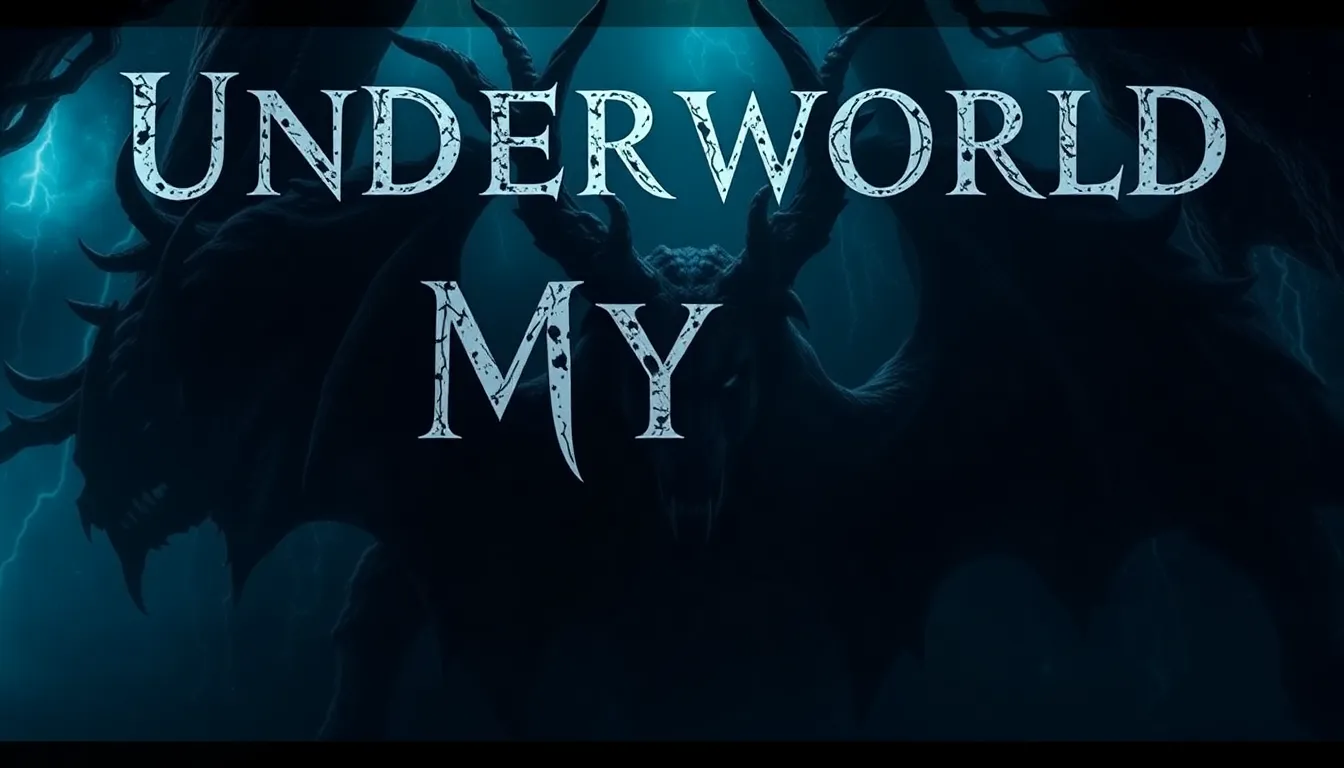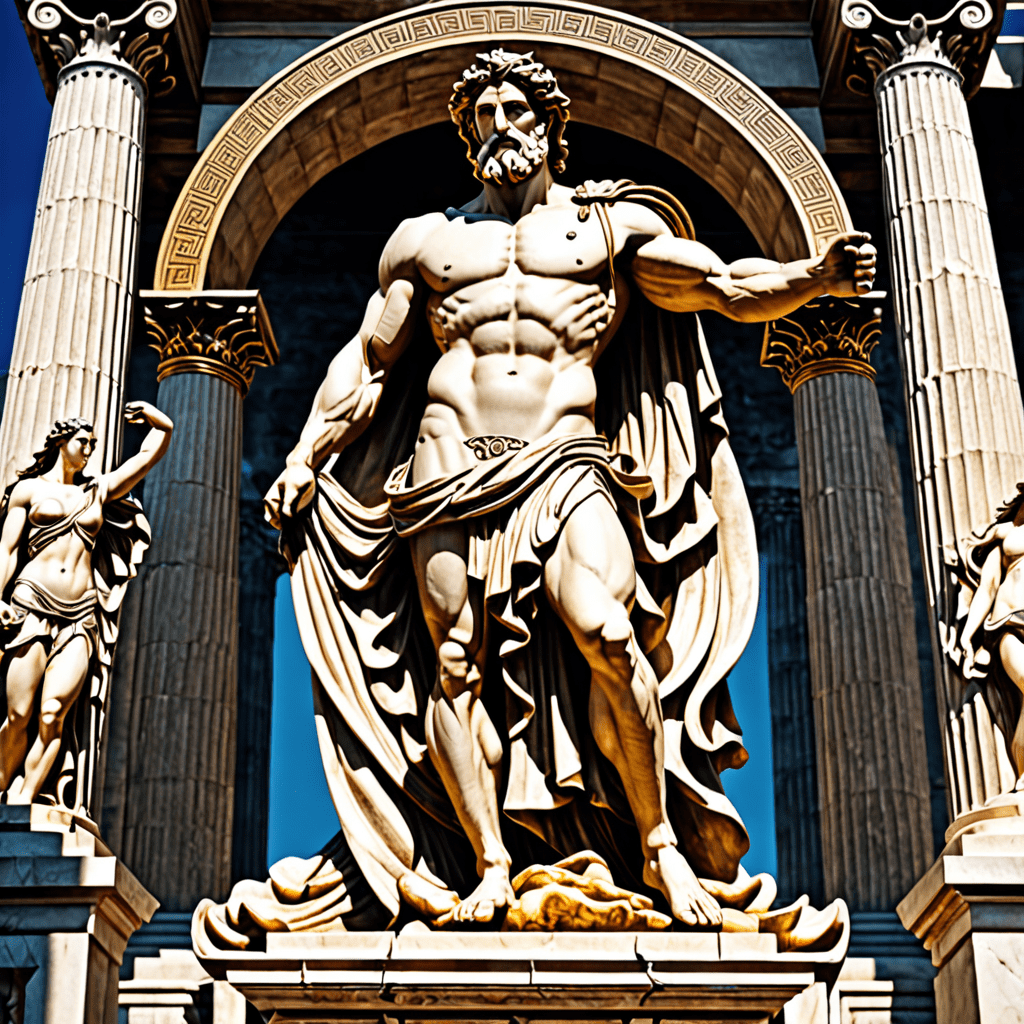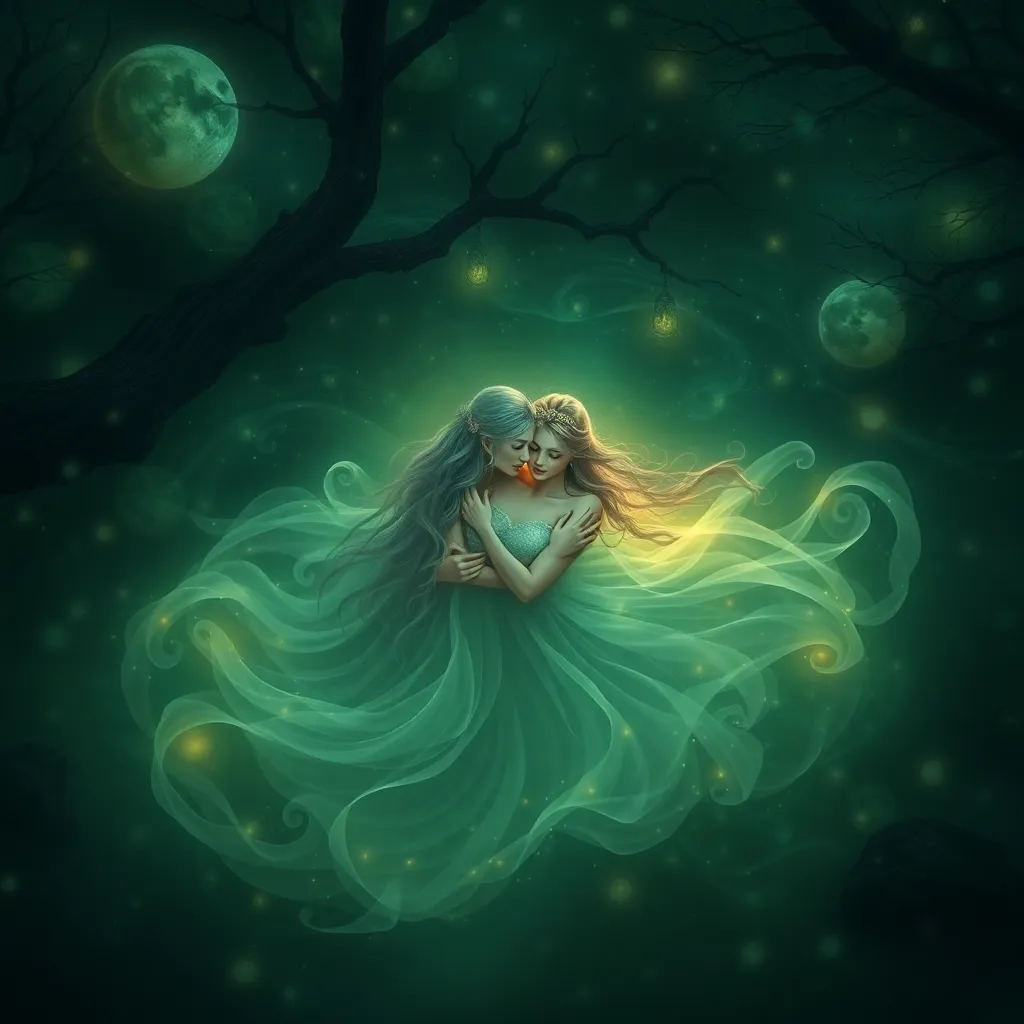Exploring the Myths of the Underworld: What Lies Beneath?
Introduction to Underworld Myths
The concept of the underworld has fascinated humanity for millennia, serving as a powerful symbol in various cultures. Often depicted as a realm beneath the surface of the earth, the underworld signifies a place associated with death, the afterlife, and the unknown. In different mythologies, it is characterized by unique entities, landscapes, and narratives that reflect the societies that created them.
Underworld myths play a significant role in human history and psychology, offering insights into our understanding of mortality, the afterlife, and the mysteries of existence. They reveal how ancient civilizations grappled with existential questions and provided frameworks for comprehending life and death.
Cultural Perspectives on the Underworld
Across the globe, various cultures possess rich and diverse beliefs concerning the underworld. Ancient civilizations such as the Mesopotamians, Egyptians, and Greeks crafted elaborate narratives about the afterlife, each reflecting their values and fears.
- Mesopotamia: The underworld was often seen as a dreary and dark place known as Kur, where the dead existed in a shadowy existence.
- Egypt: The afterlife was a journey filled with trials, culminating in judgment by Osiris, where the soul’s heart was weighed against a feather.
- Greece: The underworld, ruled by Hades, was divided into realms such as Elysium for the virtuous and Tartarus for the wicked.
Comparatively, Eastern and Western perspectives present distinct interpretations. While Western mythologies often emphasize judgment and moral dichotomies, Eastern philosophies like those found in Hinduism and Buddhism view the underworld as part of a cyclical process of life, death, and rebirth.
The Underworld in Mythology: Key Figures and Deities
Underworld myths are populated by numerous deities who embody the various aspects of death and the afterlife. Notable figures include:
- Hades: The Greek god of the underworld, representing both the realm he governs and the concept of death itself.
- Osiris: The Egyptian god of the afterlife, symbolizing resurrection and the eternal cycle of life.
- Yama: In Hindu and Buddhist traditions, Yama is the god who guides souls to their respective afterlives.
These deities play crucial roles in their respective mythologies, overseeing the passage of souls and maintaining the balance between life and death.
The Journey to the Underworld: Narratives and Symbols
Many underworld myths feature journeys that serve as metaphors for transformation and enlightenment. Common themes include:
- Trials: Heroes often face daunting challenges that test their courage and resolve.
- Transformation: The journey to the underworld frequently symbolizes personal growth and the acceptance of mortality.
Symbolic representations of death and rebirth are prevalent in these narratives, illustrating cultural attitudes toward the cycle of life. For example, the descent into the underworld is often depicted as a necessary step for rebirth, highlighting the interconnectedness of life and death.
The Underworld as a Reflection of Society’s Fears and Morals
Underworld myths often mirror societal values and fears regarding death and the afterlife. They provide moral lessons on the consequences of one’s actions during life, emphasizing the importance of virtue and justice. For example:
- In Greek mythology, the concept of judgment in the afterlife reflects the society’s values on morality and ethics.
- Egyptian beliefs about the weighing of the heart signify the importance of living a just life.
These narratives serve as cautionary tales, highlighting the moral consequences of one’s choices and reinforcing societal norms.
The Underworld in Modern Media and Literature
The evolution of underworld myths continues in contemporary storytelling across various media. Modern interpretations often blend traditional elements with new narratives that resonate with today’s audiences.
- Dante’s Inferno: A classic literary work that explores the journey through the nine circles of hell, representing different sins and their consequences.
- Neil Gaiman’s Works: Incorporating mythological elements into modern stories, Gaiman’s narratives often explore themes of death and the afterlife through a contemporary lens.
These modern adaptations not only preserve the essence of ancient myths but also reinterpret them, making them relevant to current audiences.
Archaeological Discoveries and Historical Evidence
Archaeological findings have provided valuable insights into ancient beliefs about the underworld. Significant discoveries include:
- Burial sites that reflect the rituals and practices associated with death and the afterlife.
- Ancient texts, such as the Egyptian Book of the Dead, that outline beliefs and practices regarding the afterlife.
Artifacts discovered at these sites help historians understand how ancient civilizations viewed death and the afterlife, revealing the significance of underworld myths in their cultures.
Psychological Interpretations of the Underworld
The underworld can also be viewed as a psychological construct. According to Carl Jung, the underworld represents the unconscious mind, where repressed fears and desires reside. Underworld myths can influence human behavior and coping mechanisms regarding death, providing frameworks for understanding loss and grief.
These narratives allow individuals to confront their fears about mortality and the unknown, offering a means of processing and accepting the inevitability of death.
The Future of Underworld Myths in a Globalized World
Globalization and cultural exchange are reshaping underworld narratives, leading to new interpretations and adaptations. As societies become more interconnected, traditional myths are blending with contemporary ideas, creating dynamic narratives that reflect modern values.
The potential for new myths and interpretations to emerge in the 21st century is significant as people continue to explore their cultural identities and collective fears regarding death and the afterlife.
Conclusion: The Enduring Legacy of Underworld Myths
Understanding underworld myths is essential in today’s context, as they reveal much about humanity’s relationship with death and the unknown. These narratives not only reflect societal values and fears but also provide comfort in the face of mortality.
In exploring the myths of the underworld, we gain insights into the human condition, recognizing our shared fears and aspirations. The enduring legacy of these myths continues to resonate, reminding us that while the underworld may lie beneath, its influence permeates our lives and shapes our understanding of existence.



